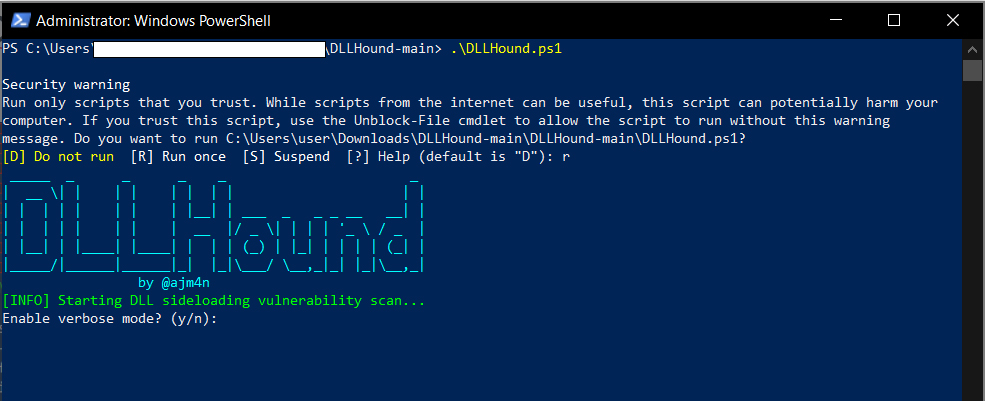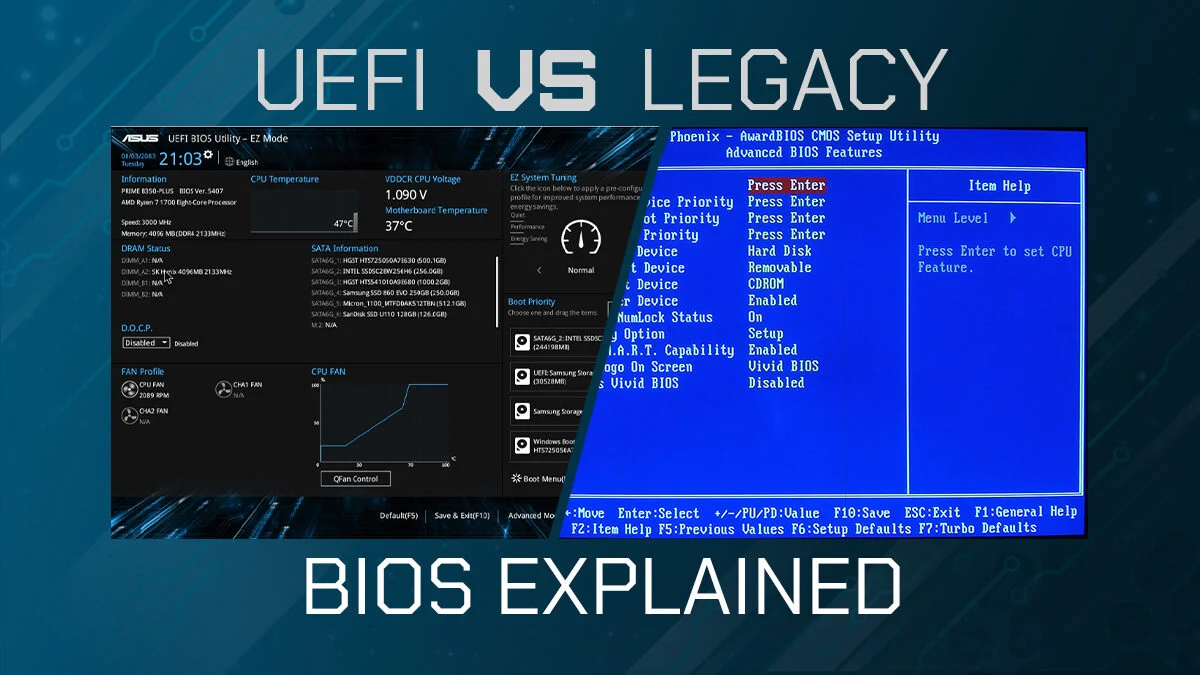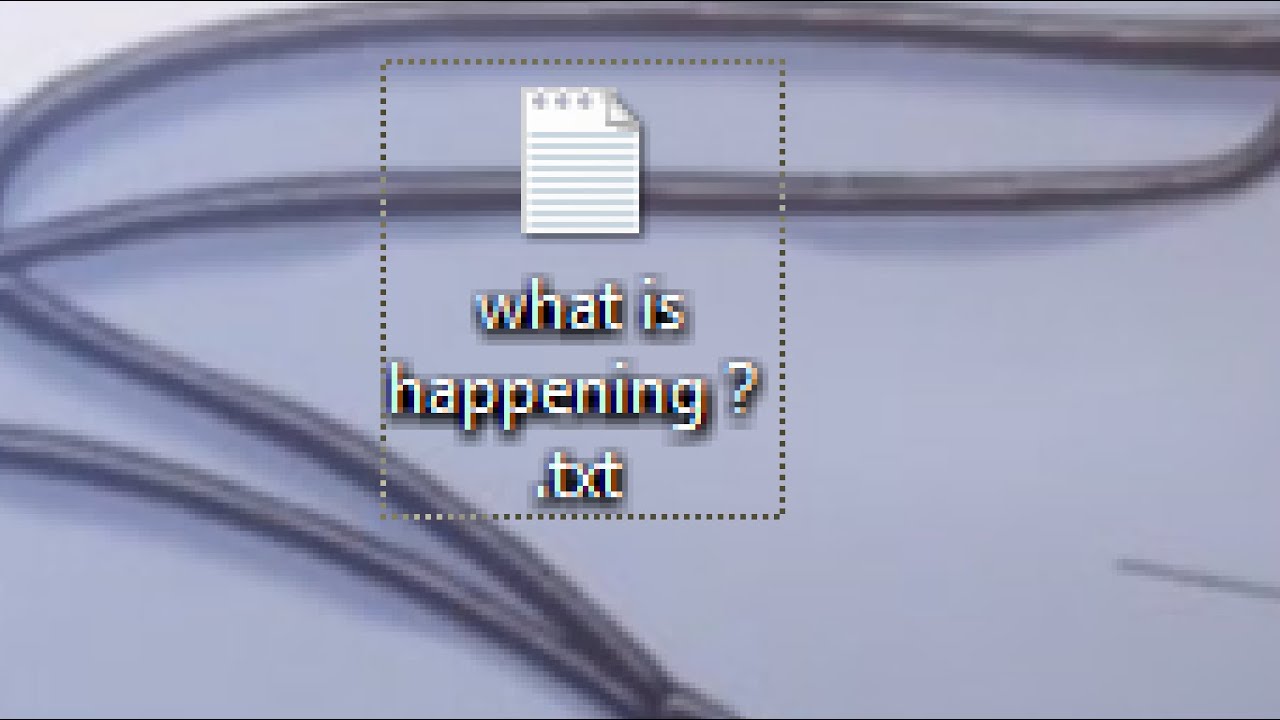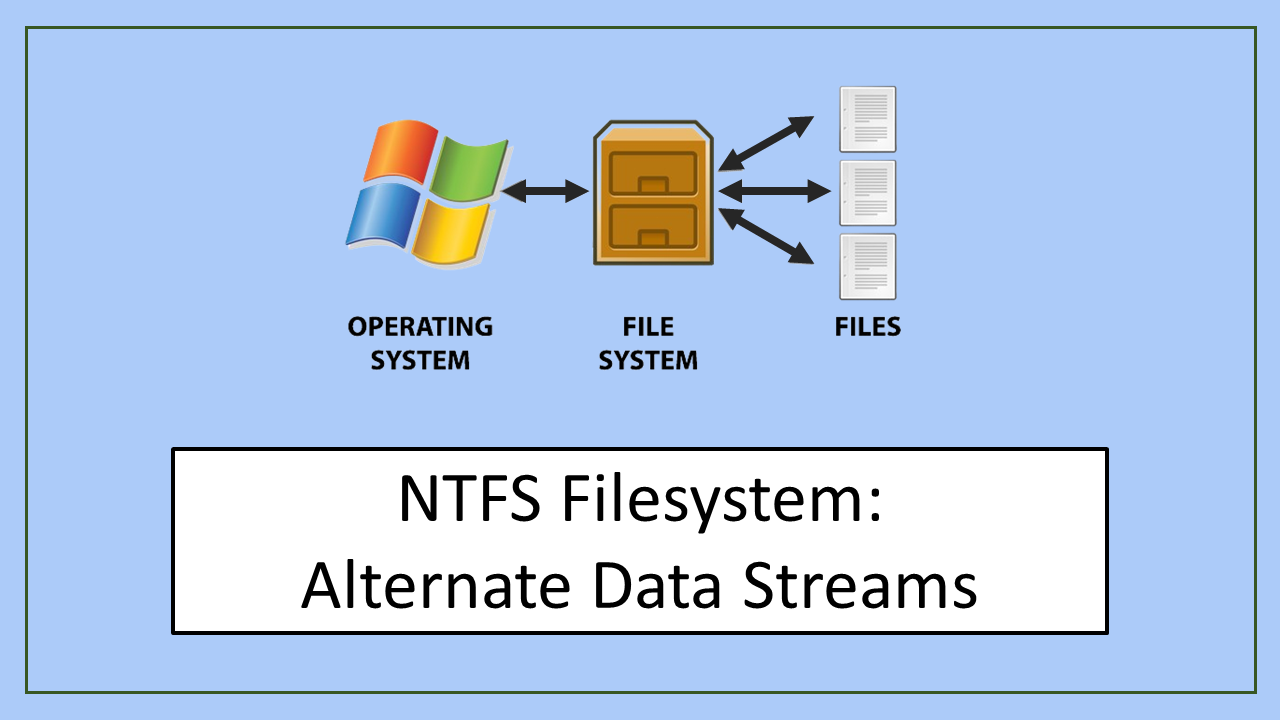CoffeeLoader Malware: Advanced Loader Techniques
CoffeeLoader is the latest malware loader observed in the wild, noted for its stealth and complexity. Emerging around September 2024, it delivers second-stage payloads while evading endpoint detection. Built for resilience, CoffeeLoader employs GPU-powered encryption, sleep obfuscation, and Windows fiber techniques to avoid forensic tools. Related: Technical Analysis of Rhadamanthys Obfuscation Techniques Key Takeaways Technical Breakdown The “Armoury” Malware Packer This custom packer mimics ASUS’ Armoury Crate utilities. It hijacks DLL exports and executes shellcode that triggers GPU-based decryption using OpenCL: Using hardcoded XOR strings and OpenCL, payloads remain hidden in memory until needed. This technique complicates static analysis and…










